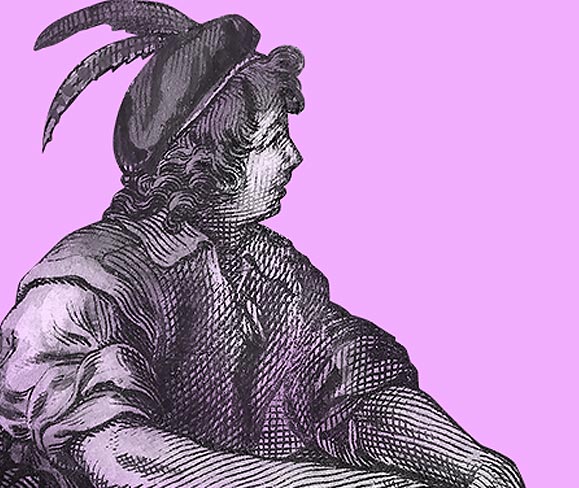
CONFECTIONER
Confectioners made extraordinary creations out of sugar paste. Some were intended to be eaten, and others only to be admired. Find four details in the images below to learn more about the confectioner's remarkable skills.
Sugar Sculptures
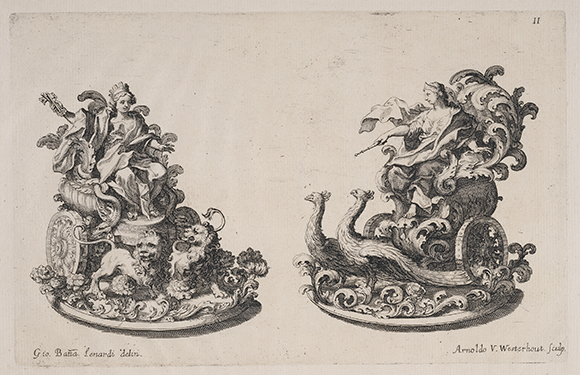
Which detail appears in this image?
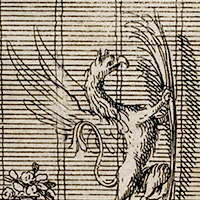
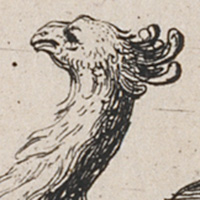
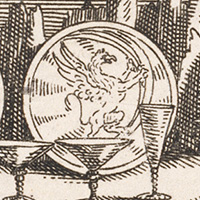


Confectioners created ornate table sculptures called triumphs. Designed to be shown with food on banquet tables, triumphs were crafted out of pastillage, a pliable long-lasting dough made of powdered sugar, water, and a natural binding agent. Often, they were painted or gilded.
Palace of Circe
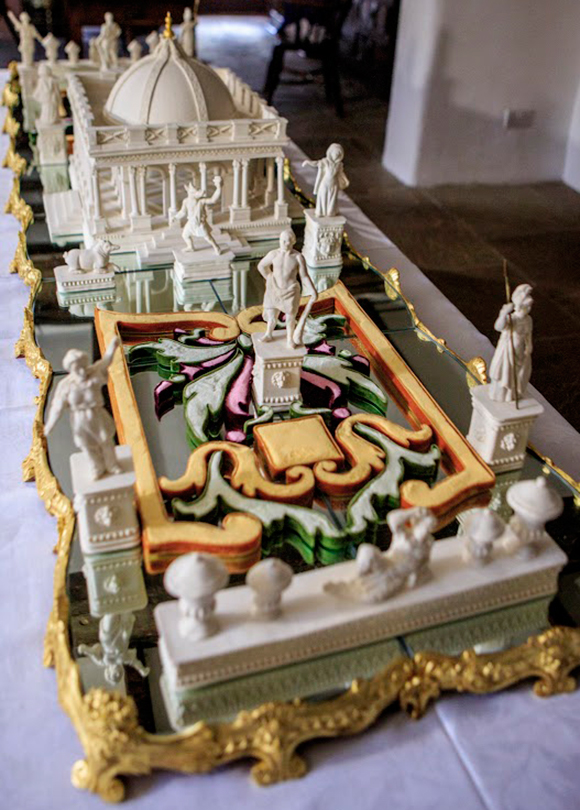
Which detail appears in this image?
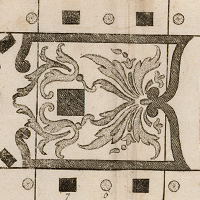
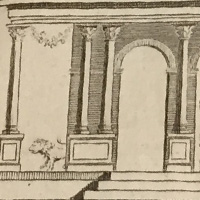
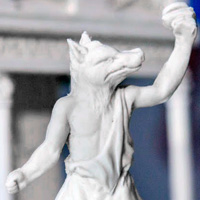


The confectioner transformed pastillage into fanciful creations drawn from mythology, architecture, and nature. Prior to the 18th century when Europeans began to produce porcelain table pieces using techniques from Asia, sugar paste was the most common material for making decorative banquet displays.
Table with Sugar Figurines
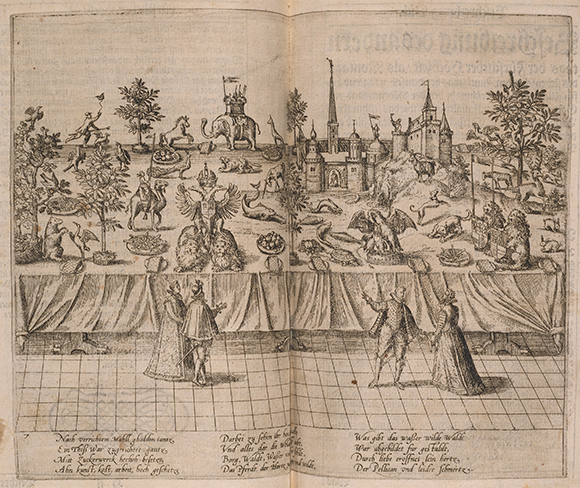
Which detail appears in this image?
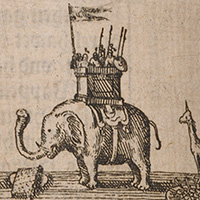
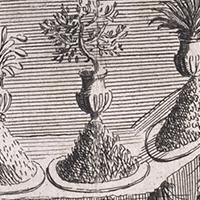
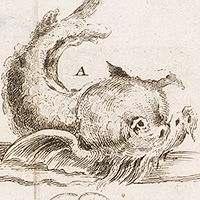


This is the earliest print of a sugar banquet table. Created for a wedding, these sugar sculptures were made to astonish and entertain guests. After the banquet, partygoers were invited to break apart the sugar decorations and take them away as souvenirs!
Candy Making and Ice Molds
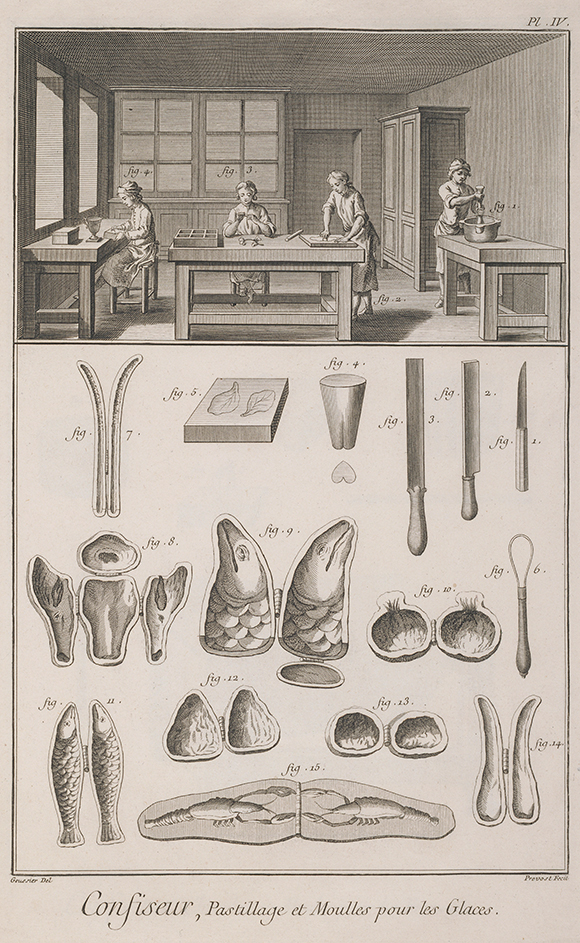
Which detail appears in this image?
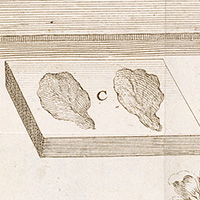
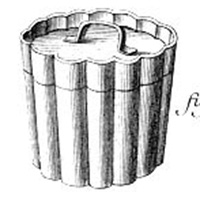
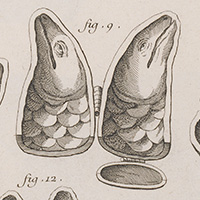


Sugar was the main ingredient in candies, preserves, ices, sorbets, and even table sculptures—all made in the "cold kitchen." Confectioners used special tools and molds, some of which were cast to resemble savory dishes like these fish, to shape their creations.
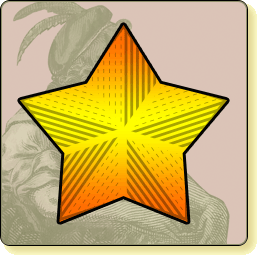

The CONFECTIONER has dazzled the guests.
Three characters remaining . . .

